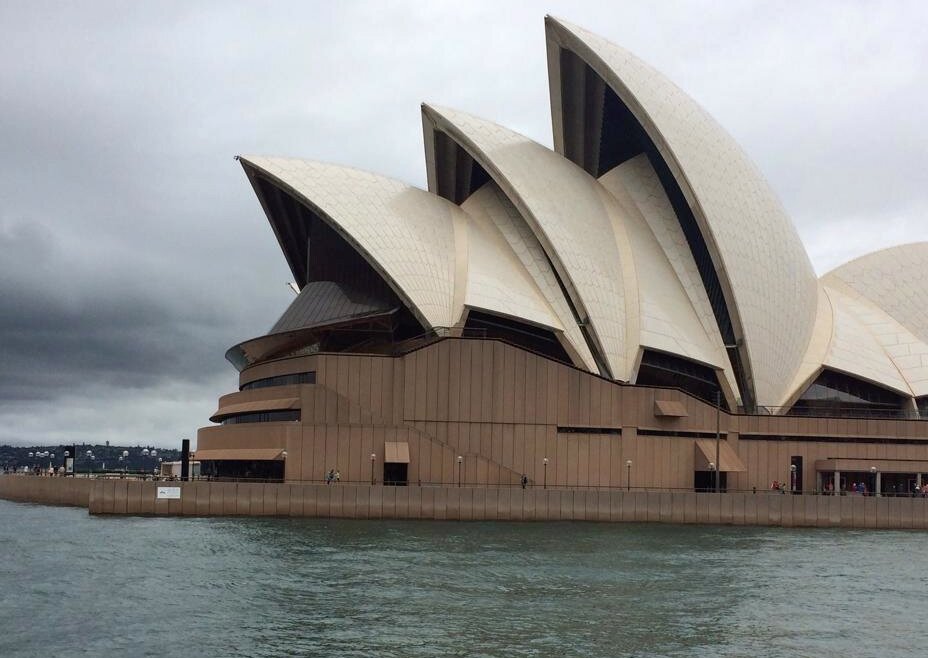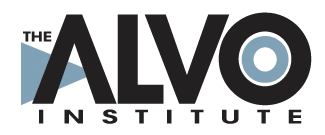 By Rebecca Tomasini, Founder and CEO, The Alvo Institute
By Rebecca Tomasini, Founder and CEO, The Alvo Institute
Although I am on the other side of the world, a big part of my heart is in San Jose, CA this week with all of the brave and creative innovators attending the annual conference of The California Charter Schools Association. Until now, I have not missed a conference since 2009.
But being away has reminded me of how much I love CA charters and why the CA charter movement is one of the great centers of education innovation in the country.…and, quite possibly, the world.
For the last 2 weeks, I have been in Sydney and Melbourne, Australia meeting with educators, policy makers and publishers eager to learn about 21st Century school design. It has been IMPOSSIBLE to have a discussion about Blended Learning and successful 21st Century instructional design without talking about CA charters. The Australians I have met are in awe of what is happening in CA charters. So am I.
Why? Because, amid conditions that make many educators cry defeat, like abysmal per pupil funding and complex socio-economic, linguistic and ethnic diversity, CA charters have made Blended Learning a scalable, rigorous, affordable, instructional design that can work across a variety of school types and still lead to the highest levels of student achievement.
I am honored to have worked with many of the CA charter innovators and thrilled to know of the ones I have not from afar. Here are a few things I have found myself sharing with the folks in Australia.
In 2006, John Danner and Preston Smith launched a movement with Rocketship Education’s lab rotation model. Unprecedented, and often dismissed as a fad several years ago, Rocketship today is opening schools in other states and has inspired so many other schools’ lab rotation models including the high performing elementary charter, Grimmway Academy in Arvin, CA. Rocketship continues to lead the way in continuous reflection and rapid iteration.
How can you talk about the in-class rotational model without telling the story of KIPP Empower and principal Mike Kerr’s efforts to find a way to bring rigor and personalized instruction to his students despite a loss in 20-1?
And when educators have asked me “How does Blended work in a High School?” I simply point them to Diane Tavenner and her visionary team at Summit Public Schools who have boldly, and so elegantly, re-imagined every aspect of how teaching and learning work in public middle and high schools. Follow SPS and you will learn how to iterate and innovate.
K-12 public education will never look the same thanks to these early innovators.
CA charters continue to advance Blended Learning often against all odds and tradition.
Da Vinci Schools, in Los Angeles, have shown us that Blended Learning can support Project Based Learning and home school models.
The Alliance, High Tech High and Health Sciences High are among the many SoCal schools using Blended to deepen programs that have been strong for years.
If you are not aware of how Alpha Public School’s Founder John Glover collaborated with parents to get his Blended middle school charter approved, you need to get to know John. He inspires me with his careful and thoughtful approach to innovation.
The teams at Aspire and Leadership Public Schools have become among the exemplars in data-driven Blended design and have made their programs’ data and tech innovations, Schoolzilla and Exit Tickets, respectively, available to the public. Brian Greenberg’s BlendMyLearning.com, now one of the “go to” sites for Blended educators, grew out of his work at LPS.
The Navigator Schools in Gilroy, CA are bringing together the best of a lab and in-class rotational model in their elementary school. Watching from the edge of my seat to see what thier middle school will look like.
As an Oakland resident, I am particularly thrilled to see what charters are doing for the East Bay with regard to Blended. With their newly approved charter in Oakland, East Bay Innovation Academy founders Shelly Benning and Laurie Jones will use Blended Learning to bring Design Thinking to children in Oakland. In EBIA’s charter, the founders make clear that Summit and High Tech High were among their inspirations. Charters inspiring charters to blend. I love it. And as EBIA prepares to open their doors in the fall, they join other Oakland charters like Oakland Unity, KIPP, LPS, Aspire and Education for Change who built a foundation for Blended Learning programs for Oakland families. (goosebumps)
I am humbled by the smarts, tenacity and grit of Thrive Public School’s Founder and CEO, Dr. Nicole Temple-Assisi who recently joined other blended innovators like Rocketship, Summit and Alpha in the “charter denied” club. Thrive will not be there for long. Not everyone sees what the visionaries see, but CA charter leaders, like Nicole, persevere. The promise of Thrive’s Blended Learning approach to Project Based and Social and Emotional Learning will be realized in the appeals process. I know it. San Diego will have a great new Blended charter very soon.
When educators ask “How do you find enough content to support these models?” It is with great pride, as a founding team member, that I point to Activate Instruction, born of the unique collaboration between Summit Public Schools and Illuminate Education, with new contributions from High Tech High and Da Vinci Schools. Activate is funded by The Girard Education Foundation, one of many foundations that have been bold enough and brave enough to fund innovative Blended methods in CA charters.
For each of these pioneering leaders and Blended Learning charter schools, there are even more pioneering charter school teachers. Let’s not forget the charter board members, business managers, tech providers and facilities experts who have learned how to run, support and govern 21st Century Blended Learning schools. Last, but never ever least, a nod to the CA charter parents who participate in and have faith in these innovative Blended school teams. Finally, to my past CCSA colleagues and to the current CCSA team under Jed Wallace’s leadership, I say thanks for all you do to keep innovation alive.
CA charters’ successes, lessons learned and practices in Blended innovations fulfill the promise that charters incubate innovations for all of public education to use. That is cause for celebration.
From Sydney, I wish you all at the CCSA conference all the best. The world is watching you.
(I know I have missed a number of CA charters doing amazing things with Blended. Too much to cover for one small blog. Please respond and share your CA charter innovations with Blended. )
Among many past experiences, Rebecca is a former CCSA staff member.

The objective of such independent school is that they are away from tradition and embody modern and unconventional support. Theses private or special assistance schools aim at improving the stature of students by providing services custom made to the specific needs and focus area of Early Childhood Education.
Find a School in Australia
To be clear, in the US, charter school are public, government schools. They cannot deny entry based on entrance tests and they cannot charge tuition. Accountability and funding at charters and traditional public schools is on par.